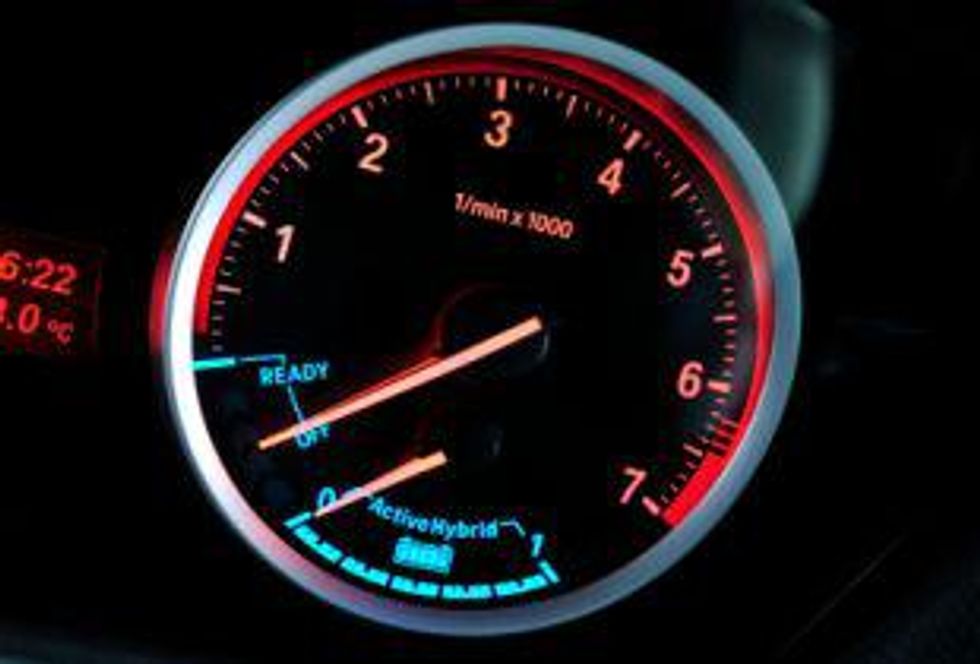- AustraliaNorth AmericaWorld
Investing News NetworkYour trusted source for investing success
- Lithium Outlook
- Oil and Gas Outlook
- Gold Outlook Report
- Uranium Outlook
- Rare Earths Outlook
- All Outlook Reports
- Top Generative AI Stocks
- Top EV Stocks
- Biggest AI Companies
- Biggest Blockchain Stocks
- Biggest Cryptocurrency-mining Stocks
- Biggest Cybersecurity Companies
- Biggest Robotics Companies
- Biggest Social Media Companies
- Biggest Technology ETFs
- Artificial Intellgience ETFs
- Robotics ETFs
- Canadian Cryptocurrency ETFs
- Artificial Intelligence Outlook
- EV Outlook
- Cleantech Outlook
- Crypto Outlook
- Tech Outlook
- All Market Outlook Reports
- Cannabis Weekly Round-Up
- Top Alzheimer's Treatment Stocks
- Top Biotech Stocks
- Top Plant-based Food Stocks
- Biggest Cannabis Stocks
- Biggest Pharma Stocks
- Longevity Stocks to Watch
- Psychedelics Stocks to Watch
- Top Cobalt Stocks
- Small Biotech ETFs to Watch
- Top Life Science ETFs
- Biggest Pharmaceutical ETFs
- Life Science Outlook
- Biotech Outlook
- Cannabis Outlook
- Pharma Outlook
- Psychedelics Outlook
- All Market Outlook Reports
Toyota is currently developing the RAV4 EV, a pure electric plug-in vehicle. This is the first step for Toyota to move away from rare earth based motors used in the Prius.
By Michael Montgomery—Exclusive to Rare Earth Investing News
In an analysis released in May, Goldman Sachs predicted a rare earth surplus in 2013. The assessment has been reputed by industry experts like Jack Lifton with the argument that the sheer complexity in the processing and separation of the various elements is unlikely to be achieved in the time frame allotted by the Goldman assessment. Unfortunately, manufacturers are not willing to wait for mining and exploration companies to develop their projects. They are searching to develop alternatives to the high tech products utilizing rare earths, now.
Reuters reported in April that the U.S. Department of Energy stated it would offer up to $30 million in funding for research to alternatives to the rare earth elements used in wind turbines and electric vehicle motors. Finding alternatives to rare earths is a necessary step towards cost savings and securing supply of materials. Unfortunately, the question remains: what alternatives are presently in existence?
Neodymium magnets increasing demand
The demand for neodymium, a metal used as a component in high strength magnets, is projected to have one the most significant increases in the next few years. With industry shifting towards renewable energy sources, the need for permanent magnets is expanding as these magnets are used in electric motors, in applications ranging from the electric vehicles to wind turbines.
In his presentation at the Critical Metals Conference in Vancouver, Canada, Dr. Chen Zhanheng the Director of the Academic Department of The Chinese Society of Rare Earths stated that the demand for neodymium-iron-boron (NeFeB) magnets will total 176,289 metric tonnes by 2015, and 259,026 tonnes by 2020.
The vast majority of these NeFeB magnets will be used for wind turbines. The average wind turbine uses one ton of neodymium per megawatt of generating capacity. As world the demand for energy from renewable sources increases, demand for neodymium is also slated to increase.
Rare-earth-free motors
Magnets for hybrid vehicles, such as the Toyota Prius, also make up a significant part of the demand for neodymium. Urged by the high prices of rare earth, Toyota (NYSE:TM) has stated its desire to find a substitute for the metals used in its motors.
Toyota is currently developing the RAV4 EV, a pure electric plug-in vehicle. This is the first step for Toyota to move away from rare earth based motors used in the Prius. Toyota is designing a new motor through its partnership with Palo Alto, California-based Tesla Motors (NASDAQ:TSLA), an electric sports car manufacturer.
The Tesla roadster uses an AC induction motor invented by Nicola Tesla. In an exclusive interview with Rare Earth Investing News, Camille Ricketts, spokesperson for Tesla, explains the benefits of their AC induction motor.
“Tesla preferred rare-earth-free induction motors from the very beginning of vehicle development because they allow for big boosts of power and integrate very simply and elegantly with other powertrain components,” stated Ricketts.
The Tesla motor does not need magnets for power. The motor uses stacked steel laminations, when electrical current is introduced; these steel laminations produce a rotating magnetic field, pushing the motor. These motors are also able to recycle energy during braking, just as with the ‘regenerative braking system’ used on hybrids.
“Tesla’s induction motors have several major advantages. They are simple, allowing for seamless integration and cutting down on maintenance. They pack a lot of punch, delivering instant torque at 0 RPM with no mechanical timing issues to overcome. And they are incredibly efficient, giving Tesla’s vehicles three times the driving efficiency of conventional cars,” explained Ricketts.
Currently, all hybrid cars on the market use rare earth magnet based motor systems. The replacement of these motors with magnet free AC induction systems is still in early development. However, the demand for neodymium will fall if these systems become the norm. The desire of manufactures like Toyota to seek substitutes for rare earth should only grow as prices for rare earths continue to rise.
Outlook Reports
Featured Critical Metals Stocks
Browse Companies
MARKETS
COMMODITIES
| Commodities | |||
|---|---|---|---|
| Gold | 2384.84 | +3.04 | |
| Silver | 28.72 | -0.16 | |
| Copper | 4.35 | -0.03 | |
| Oil | 85.91 | +0.50 | |
| Heating Oil | 2.67 | +0.01 | |
| Natural Gas | 1.69 | 0.00 | |
Investing News Network websites or approved third-party tools use cookies. Please refer to the cookie policy for collected data, privacy and GDPR compliance. By continuing to browse the site, you agree to our use of cookies.




